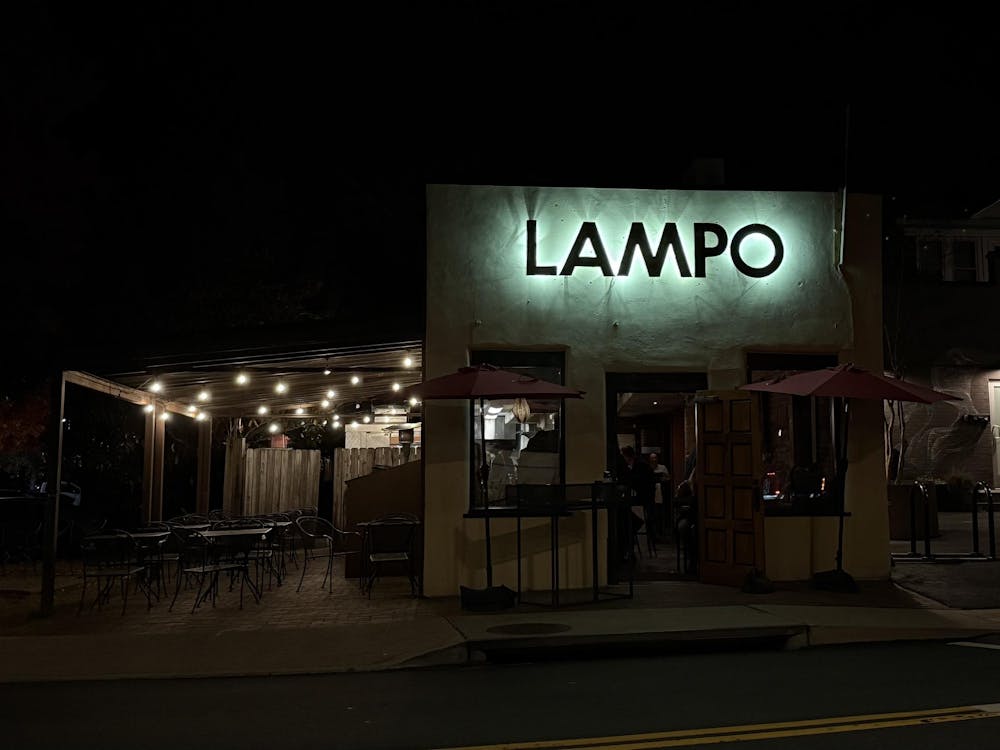Imagine you are a student, who after acing the SATs and crafting the perfect college essay, earns admission to the Ivy League institution of your dreams — let’s say, Cornell University. You pack your belongings and move to upstate New York, only to discover that the school is not what you expected it to be. A Virginia native, you begin to miss the comforts of home. You hang in there and work hard, but frankly find that the nearly $40,000 in annual tuition is simply not worth the cost. You would much rather attend an in-state university that is closer to home and carries a lighter financial burden. By the end of your first year, you have managed a 3.3 grade point average and after some research, you decide to apply to the University.
You worry, “Am I competitive enough?” “What are my chances of being admitted?”
The answer?
“Someone who is going to community college and doing very well actually has more of an advantage of getting in,” Undergraduate Admission Counselor Olivia Hessing said. When comparing two hypothetical transfer students — one at a Virginia community college with a 3.8 GPA and another at Cornell with a 3.3 GPA — Hessing said deciding which student will gain admittance is “difficult,” all else being equal.
“We want someone who is at Cornell to do a little bit better,” Hessing said. “There’s a big push for community college students at the moment.”
When posed with the same hypothetical admission decision, though, University Admissions Dean Greg Roberts said it is “impossible” to compare two such students. He added that in all likelihood, both individuals may be admitted. While Roberts agreed that the University is “taking a closer look” at transfer applicants from Virginia community colleges, “there’s so many factors to consider.”
The University will give no special consideration to certain students, Roberts said. Even if it does “have an interest in enrolling as many community college students as possible,” those students must be qualified, he said.
The “interest” in admitting more community college students, Hessing said, “stems from something that came down from Mark Warner when he was governor.” In March 2005, the University instituted the Guaranteed Admission Agreement, which requires students to complete an associate degree at a Virginia community college within two years, according to the Admissions Office’s Web site. Students must achieve a cumulative GPA of 3.4 or better on a 4.0 scale to qualify for the program.
“It’s a 3.4 GPA, so it’s very strict,” Hessing said. “There are lots of rules and it requires a lot of time and planning, but that guarantees admission into the College of Arts and Sciences and also to the Engineering School. So that really makes it easy to come to U.Va.; you just have to follow that plan.”
Among the students who followed that plan and now attend the University is third-year College student David Filer, who said he transferred to the University from Virginia Western Community College last fall. He was one of around 900 transfer students admitted to the University last year and one of about 600 who enrolled.
Hessing said about 40 to 60 percent of in-state transfer students come to the University from community colleges, including those who gain automatic admission through the Guaranteed Admission Agreement as Filer did.
Roberts added that as of last year, about 50 percent of total enrolling students came from Virginia community colleges. He did note however, that this percentage also includes students who will participate in programs outside of Charlottesville, such as the adult night classes available at Northern Virginia Community College.
Roberts said that even with increased outreach efforts like the Guaranteed Admission Agreement, “a very small number [of community college students] are coming in still.” While the increase in community college students may pose a problem five years down the line, “right now, its not producing the huge applicant pool of transfers that you get from high school students applying [during their first years],” he said.
Hessing said because the agreement is relatively new, “we found that by spring ‘07, we didn’t really get that many students [through it].” The agreement is somewhat akin to a recruitment tool, she said.
“We still get a lot of questions about specifics and we try to educate the counselors at the community colleges through our visits, through college fairs, but it is difficult because [James Madison University] has one, [Virginia] Tech has one, and William & Mary, they have it,” Hessing said. “Some of these counselors may know more specifics about those schools but not about U.Va., so we’re still trying to educate people.”
Filer agreed that his counselors were “always less than helpful” and that he only heard about the agreement from a friend.
“I talked to someone who was currently going here, a good buddy of mine, that had gone through the same program, and he told me about it,” Filer said. “He told me that there was this program you could enroll in for certain majors and if you held a certain GPA ... You were guaranteed certain Virginia colleges.”
Hessing said she expects the number of students admitted through the agreement to increase as students and counselors learn more about it.
“We’ve always been taking community college students,” Hessing said. “We’ve looking at them more because of the agreement, but all of those who were admitted in the past have been very competitive and they have these GPAs: 3.4, 3.8. I guess it’s just that we’re looking out for them more and there’s more of a push to have them. So we’re increasing our numbers.”






